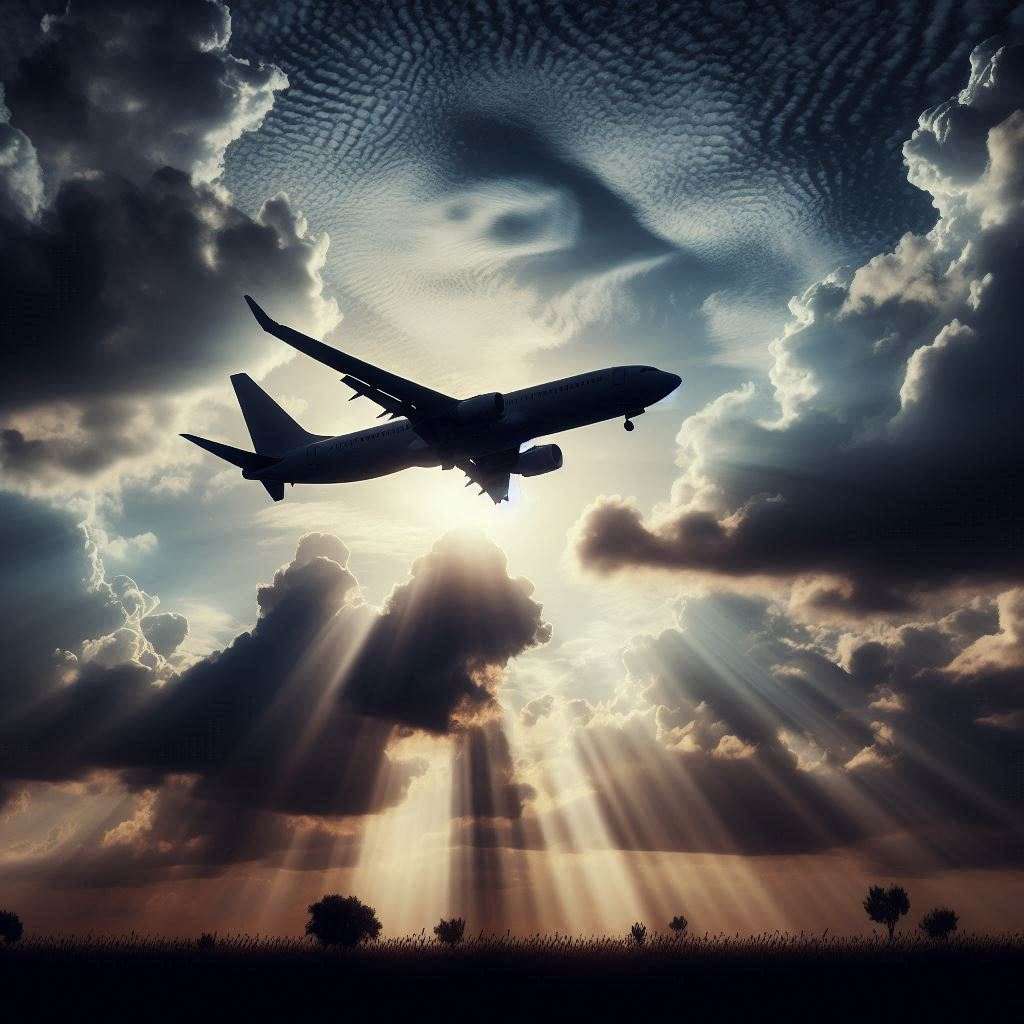Table of Contents

On July 17th, 2014, a Boeing 777 passenger jet, Malaysia Airlines Flight 17 (MH17), vanished from radar screens over eastern Ukraine. The horrific truth soon unfolded: the plane had been shot down, resulting in the deaths of all 298 people on board. This event, etched into aviation history as one of the deadliest airline disasters, sparked a global outcry and a complex international investigation.
This article delves into the tragedy of MH17, exploring the events leading up to the crash, the investigation’s findings, and the ongoing quest for justice.
A Routine Flight Turns Deadly
MH17 was a scheduled passenger flight from Amsterdam to Kuala Lumpur. It was a typical summer day, with hundreds of passengers – a mix of nationalities and ages – embarking on journeys of business, leisure, and reuniting with loved ones.
A Volatile Region
However, the flight path traversed a volatile region. Eastern Ukraine was embroiled in an armed conflict between Ukrainian government forces and pro-Russian separatists. The presence of sophisticated weaponry, including surface-to-air missile systems, raised concerns about aviation safety.
The Disappearance and Aftermath
Shortly after entering Ukrainian airspace, MH17 disappeared from radar. Wreckage was scattered across a wide area near the village of Hrabove, Ukraine. The scale of the devastation was immense, leaving no survivors.
A Global Investigation Begins
The international community, led by the Netherlands (with the highest number of victims) and Malaysia (the airline’s home country), launched a complex investigation. The crash site, located in an active warzone, presented immense logistical challenges.
Securing the Evidence
Despite the dangers, investigators painstakingly pieced together the events. They meticulously examined wreckage, interviewed witnesses, and analyzed flight data and communications. International cooperation was crucial, with teams from various countries contributing their expertise.
Unraveling the Cause
Excluding Other Possibilities
The investigation ruled out several potential causes, including bad weather, pilot error, mechanical failure, and an onboard fire. The focus shifted towards the possibility of a missile strike.
Evidence Points to a Buk Missile
Analysis of the wreckage revealed shrapnel damage consistent with a Buk surface-to-air missile system (also known as SA-11). This powerful weapon, designed for military use, could easily reach the cruising altitude of MH17.
The Culprit Emerges
Tracing the Missile’s Origin
Investigators traced the Buk missile system’s origin back to Russia. Open-source intelligence, including social media posts and intercepted communications, suggested the involvement of pro-Russian separatists.
Russia’s Denials
Russia vehemently denied any responsibility, claiming the missile was fired from Ukrainian territory controlled by the government. However, the trajectory and evidence pointed towards separatist-held territory.
The Legal Pursuit of Justice
The Joint Investigation Team (JIT)
An international Joint Investigation Team (JIT) was formed, comprising investigators from Australia, Belgium, Malaysia, Netherlands, and Ukraine. The JIT focused on criminal prosecution, gathering evidence to identify and hold those responsible accountable.
Trial in Absentia
In 2020, charges were laid against four individuals – three Russians and a Ukrainian separatist – for their alleged roles in the downing of MH17. Due to Russia’s refusal to extradite the suspects, the trial was conducted in absentia in the Netherlands.
A Verdict of Murder
In November 2022, after a long and meticulous process, the court found two Russians and the Ukrainian separatist guilty of murder for their involvement in the downing of MH17. The court concluded that Russia exercised overall control over the separatists at the time.
A Tragedy with Lasting Impacts
The Loss of Innocent Lives
The MH17 tragedy was a stark reminder of the devastating consequences of armed conflict. It claimed the lives of 298 innocent people, leaving families and communities shattered. The diverse nationalities on board highlighted the global impact of such events.
A Scar on Aviation Safety
The shooting down of a civilian airliner underscored the risks posed by armed conflicts to aviation safety. It sparked international efforts to enhance communication and coordination between airlines and military authorities in volatile regions.
The Road to Closure
Justice Served, But Questions Remain
While the verdict brought a measure of justice for the victims’ families, questions remain. Russia continues to deny any involvement, creating an ongoing diplomatic and legal stalemate. Additionally, the whereabouts of the remaining suspect are unknown. The full chain of command and the extent of Russian involvement also remain under scrutiny.
A Call for Accountability
The international community continues to call for Russia to accept responsibility for the downing of MH17. Holding Russia accountable is crucial for deterring future tragedies and upholding international law.
Living with the Legacy
Honoring the Victims
Memorials have been erected in various countries to honor the victims of MH17. These serve as a constant reminder of the lives lost and the importance of peace. Family members continue their fight for justice and work to keep the memories of their loved ones alive.
Lessons Learned
The MH17 tragedy serves as a stark lesson about the dangers of armed conflicts and the importance of international cooperation. It highlights the need for robust safety measures in volatile regions and clear communication between airlines and military forces.
A Look Towards the Future
While the events surrounding MH17 remain a source of pain and frustration, the pursuit of justice continues. The international community is committed to ensuring accountability for those responsible. Additionally, aviation safety measures are constantly being reviewed and improved to prevent similar tragedies from occurring. Ultimately, the hope is that the lessons learned from MH17 will contribute to a safer future for air travel.
Conclusion
The downing of MH17 remains a deeply disturbing event in aviation history. It was a senseless act that claimed the lives of hundreds of innocent people. The international investigation and subsequent verdict represent a significant step towards justice. However, the road to full closure remains long, with Russia’s continued denial and the lingering questions hindering true resolution. As we move forward, the memory of MH17 serves as a stark reminder of the importance of international cooperation, peace, and upholding the safety of civilian air travel.